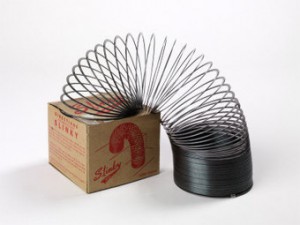Increase Accidental Intensity for Innovation

The relationship between error and progress is undeniable. There is intentional innovation, and then there are accidental outcomes beyond intention. Often accidental innovation can be the most powerful and profound. So, we have to want accidents, and induce and examine them, to accelerate innovation. Fail faster, the saying goes.
Since this is true, we need to shift our mindset regarding acceptance and generation of accidents. We should:
1. Look for accidents, and harvest them for value
2. If valuable accidents aren’t frequent enough, generate some
3. Recognize the conditions under which the valuable accident occurred, and try variations on those conditions to magnify valuable accidents
To allow and recognize these happy accidents, we have to set up the right conditions and then be mindful of the changes there to be observed. Here’s one suggestion to magnify your accident intensity, hack your day. One of the most important things we can do is to build variation into our habits. This will increase accidental frequency. Robert Austin, Harvard Business School, interviewed a number of artists who constantly experiment with their method to create new work. One artist described finishing a clay piece and then, before it cured, hitting it with a bat to see what new shape occurred.
I’m suggesting to build both conditional variation and curiosity to recognize the emerging value in the change. But don’t overdo it. You will find a ceiling at which you are able to recognize and harvest value out of the variation you are creating. Don’t let the volume of noise exceed the measurable signal level.
Scott Wallace, in his book The Unconquered, describes trekking through the rich biodiversity in the remote Amazon basin and complained he wished he had the time and skill to slow down and harvest the incredible medicinal value all around him.



